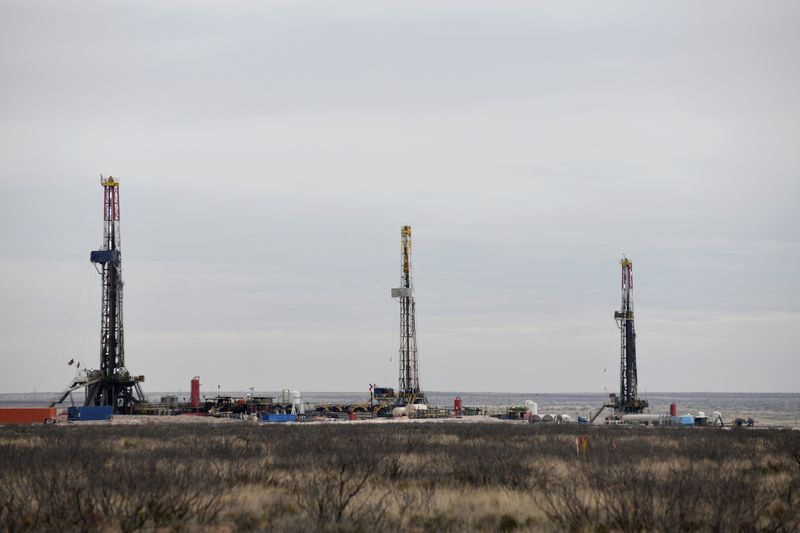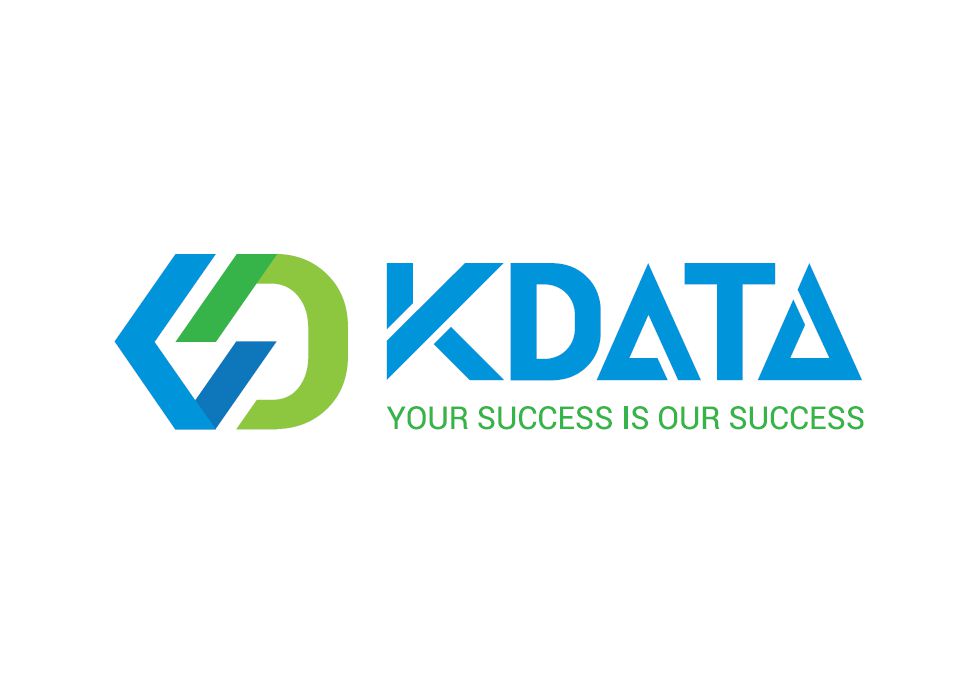 © Reuters. FILE PHOTO: Drilling rigs operate in the Permian Basin oil and natural gas production area in Lea County, New Mexico, U.S., February 10, 2019. Picture taken February 10, 2019. REUTERS/Nick Oxford
© Reuters. FILE PHOTO: Drilling rigs operate in the Permian Basin oil and natural gas production area in Lea County, New Mexico, U.S., February 10, 2019. Picture taken February 10, 2019. REUTERS/Nick Oxford
let atwWrapper,atwContainerWidth,atwSliderBox,atwTotalWidth;
function initATWSlider()
{
atwWrapper = $('.relatedInstruments');
atwSliderBox = atwWrapper.find('.slider');
atwContainerWidth = atwWrapper.width();
atwTotalWidth = atwSliderBox.width();
if(window.domainId === '2' || window.domainId === '3'){
atwWrapper.find('.sliderRight').addClass('js-slider-prev');
atwWrapper.find('.sliderLeft').addClass('js-slider-next');
} else {
atwWrapper.find('.sliderRight').addClass('js-slider-next');
atwWrapper.find('.sliderLeft').addClass('js-slider-prev');
}
if(atwSliderBox.find('.instrumentBox').length > 6){
atwWrapper.find('.js-slider-next').fadeIn(600);
}
}
function atwMoveRight()
{
atwWrapper.find('.js-slider-prev').fadeIn(150);
$(".slider > :visible:first").hide(150)
$(".slider > :visible:last").next().show(150);
if(!$(".slider > :visible:last").next().find('.name')()){
atwWrapper.find('.js-slider-next').fadeOut(150);
return;
}
}
function atwMoveLeft()
{
atwWrapper.find('.js-slider-next').fadeIn(150);
$(".slider > :visible:last").hide(150);
$(".slider > :visible:first").prev().show(150);
if(!$(".slider > :visible:first").prev().find('.name')()){
atwWrapper.find('.js-slider-prev').fadeOut(150);
return;
}
}
initATWSlider();
//update star icon on adding/removing instrument to/from specific watchlist
atwWrapper.on('click', 'label.addRow', function() {
let parent = $(this).parent();
let checkedPortfolio = false;
parent.find('input[type=checkbox]').each(function () {
if($(this).is(':checked')){
checkedPortfolio = true;
}
});
let closestStar = $(this).closest('.addToPortWrapper').find('.star');
if(checkedPortfolio){
closestStar.addClass('added');
}else{
closestStar.removeClass('added');
}
});
//update star icon on creating new watchlist
atwWrapper.find('.js-create-watchlist-portfolio').find('a.js-create').on('click',function () {
let parent = $(this).parent();
let watchlistName = parent.find('input[type=text]').val();
if(!watchlistName){
return;
}
let star = $(this).closest('.addToPortWrapper').find('.star');
star.addClass('added');
});
//update star icon on adding new position
atwWrapper.find('.js-create-holdings-portfolio').find('.js-submit').on('click',function () {
let addPositionForm = $(this).closest('.addToPortfolioPop').find('.holdingsContent');
let amount = addPositionForm.find('.js-amount').val();
if(amount < 1){
return;
}
let star = $(this).closest('.addToPortWrapper').find('.star');
star.addClass('added');
});
atwWrapper.find('.instrumentBox').find('.shortInfo').on('click',function () {
if(!window.ga){
return;
}
let pairId = $(this).parent().find('.js-add-to-portfolio').attr('data-pair-id');
let pairType = window.atwPairTypes[pairId];
window.ga('allSitesTracker.send', 'event', 'content', 'symbol link clicked', '', {
"dimension147":"symbol_link_clicked",
"dimension163":"click",
"dimension148":"symbol",
"dimension162":"content add to watchlist",
"dimension161":"article page",
"dimension142":"article",
"dimension75":pairType,
"dimension138":pairId,
"dimension118":"2956685"
});
window.open($(this).attr('data-href'));
});
window.atwPairTypes = {"8056":"Equities","8326":"Equities","13849":"Equities","40062":"Equities","103917":"Equities"};
By Laila Kearney, Liz Hampton and Arathy Somasekhar
NEW YORK/DENVER/HOUSTON (Reuters) - U.S. shale oil drillers turned from scrappy wildcatters into multi-millionaires over the past two decades, propelling the United States to become the world's largest producer, but now they are running out of runway.
Oil output gains are slowing and executives from some of the largest firms are warning of future declines from overworked oilfields and less productive wells.
On Sunday, the Organization of the Petroleum Exporting Countries (OPEC) meets to decide whether to hold the line or cut its output, no longer afraid that their policy decisions might provoke a surge in shale production in the way they did in the years before the pandemic.
The sidelining of U.S. shale means consumers around the world may face a winter of higher fuel prices. Russia has threatened to block oil sales to countries supporting a European Union price cap, and the United States is winding down releases from emergency oil stockpiles that helped cool energy inflation.
U.S. shale production costs are soaring and there is no sign that tight-fisted investors will change their demands for returns rather than investment in expanding drilling.
During a decade of stunning growth, shale consistently defied production forecasts, and opposition from environmentalists, as technology broke open more and more shale plays and revolutionized the global energy industry.
But there appears to be no new industry-transforming technologies in the works or cost-savings that could change the picture this time around. Inflation has pushed up costs by up to 20%, and less productive wells are crimping the industry's ability to produce more.
Research and engineering spending at top oilfield firm SLB this year dropped to 2.3% of revenue through September, from 2.4% in the same period a year ago. At Helmerich & Payne (NYSE:
Industry spending on new oil projects, said analysts last week at Morgan Stanley (NYSE:
Shale has proven naysayers wrong in the past. After the 2014-2016 OPEC price war put hundreds of oil companies into bankruptcy, shale innovated with less expensive ways of operating. Their subsequent gains gave the United States by 2018 the title of world's largest crude producer, a distinction it still holds.
FIZZLING OUT
Investors have put dividends and share buybacks ahead of more production gains in the past few years, said executives.
That has changed the ability of shale producers to react to spikes in international oil prices, said Bryan Sheffield, who sold producer Parsley Energy (NYSE:
"Shale can't come back to become a swing producer," Sheffield said, because of the investors' unwillingness to finance growth. The demand for payouts and repeated price busts have forced oil producers and service companies "to cut back on science projects" that fed past production breakthroughs, he added.
Technology development that led to innovations such as multi-stage hydraulic fracturing "will slow down and has slowed down," said Richard Spears, a vice president at researcher Spears & Associates. "If you want to advance how far you can drill out and how fast, that now becomes a problem."
The industry also has less time to regain its former leadership, said Hess Corp (NYSE:
The U.S. government expects overall oil production to reach a new peak next year, but it has several times this year cut its forecasts. It recently slashed 2023 production growth outlook by 21%, to a gain of about 480,000 barrels per day (bpd), to 12.31 million bpd. That could mean less growth compared to the mere 500,000 bpd gain this year - which is already well short of lofty expectations of an about 900,000 bpd gain this spring.
SHALE'S WANING INFLUENCE
Shale's waning influence is clear in North Dakota. Once the vanguard of the U.S. shale oil industry, poor well productivity in the state's Bakken region and labor shortages have left it far from its boom days.
About 4% of its shale drilling inventory remains high producing, or Tier 1, locations, down from 9% at the start of 2020, according to production technology firm Novi Labs, which focuses on oil and gas well returns.
As the number of prime drilling locations decline across all shale fields, the outlook is grim. Shale production declines rapidly after peaking compared to conventional oil wells, falling about 50% after the first year.
"It's kind of a canary in the coal mine for what's going to happen in the other unconventional oil plays," said Ted Cross, director of product management Novi Labs and a former oil company geologist, referring to North Dakota.
The Permian Basin of west Texas and New Mexico, the largest and most important U.S. oilfield, is the only U.S. shale region to exceed its pre-COVID-19 pandemic oil production levels, according to U.S. Energy Information Administration data.
Even that field is showing signs of stress.
"There are a bunch of underlying causes, but frac sand is so expensive now, tight labor markets make last-mile logistics difficult, and public producers are generally more willing to miss on production than on capex," said Matt Hagerty, a senior analyst for FactSet's BTU Analytics.
Initial production rates on a new well in the Central Midland basin section of the Permian averages about 790 barrels per day of oil, according to researcher BTU, down from 830 bpd just six months ago. Its outlook for initial output in another shale field, the eastern Eagle Ford, is down to 778 bpd from 828 bpd.
PERSISTENT LABOR SHORTAGES
"We're going to go into 2023 with a serious workforce shortage," said North Dakota Department of Mineral Resources Director Lynn Helms. The northern state has historically had difficulty attracting workers, and the tight labor market has worsened the problem.
Attracting laborers for crews needed to run frac fleets and rigs has been stubbornly difficult, Helms said, adding that more drilling rigs have moved south to the Permian.
The number of oil and gas extraction workers in North Dakota fell by 12% between 2019 and 2021, the most recent annual Bureau of Labor Statistics data show, compared to New Mexico's 9.6% drop.
Lower production rates are "a longer-term prospect," said Mike Oestmann, chief executive of shale producer Tall City Exploration. Other issues depressing potential shale gains: a lack of regulatory clarity and the U.S. government's desire to shift away from fossil fuels, he said.
With producers determined to put limited resources into the best drilling prospects, "we won't be able to keep this up forever," said Kaes Van't Hof, finance chief at Diamondback (NASDAQ:




